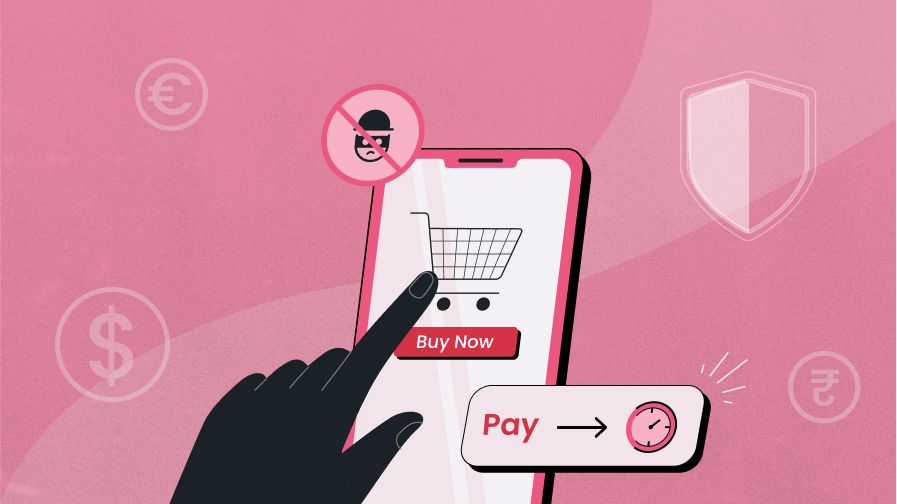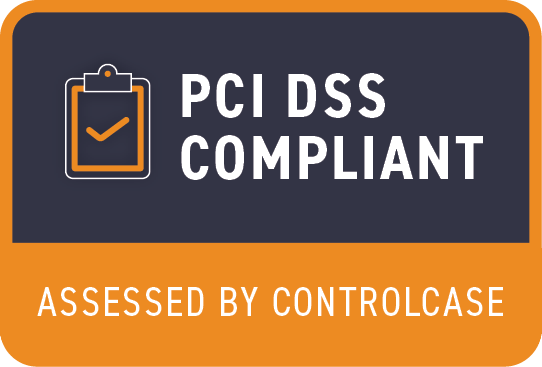Credit purchases, also known as Buy Now, Pay Later (BNPL) services, are effectively changing the way we shop, offering people flexibility and convenience. It is one of the popular alternative payment methods which accounts for 5% of e-commerce spending translating to $95 billion in the United States and 9%, $90 billion in Europe in 2023 according to The Global Payments Report 2024 by Worldpay.
However, with the flexibility comes the concern of Buy Now Pay Later fraud, which is increasing rapidly. This article will equip you to navigate the exciting world of BNPL while safeguarding your transactions.
BNPL Fraud: Understanding the Basics
Buy Now Pay Later fraud refers to any illegal activity that exploits the BNPL payment methods to steal the money or data of the customer. Unlike traditional credit cards, BNPL services are known for quicker approval processes and convenient repayment options. While this method was created to ease the repayment of loans for customers, fraudsters take advantage of the vulnerabilities that come with the convenience. Imagine a scenario where someone uses a stolen identity to create a fake BNPL account and goes on a shopping spree, leaving the rightful owner with the financial burden.
Although concrete international figures regarding Buy Now Pay Later fraud are still forthcoming, the BNPL market's growth trend suggests a significant rise in fraud attempts and early research also suggests the same.
GBG’s The State of Digital Identity 2022 report has revealed the alarming rate that young adults, by far the biggest consumers of BNPL services, are being targeted by identity fraudsters.
“Nearly one in eight (13%) people aged 18 to 24 across Europe have been victims of fraud in the past 12 months.”
Types of BNPL Fraud Risks
BNPL, or the Buy Now, Pay Later services, are supposed to enhance the purchasing experience without adding any hassle to payments, but this ease is where loopholes are present, which fraudsters take advantage of.
● Counterfeit accounts: Do not confuse BNPL with credit cards that require checks involving credit scores and other evaluations; BNPL approvals are fast and easy, and so is the BNPL fraud risk. Although BNPL proves useful to shoppers who are genuine customers, it opens the door to fraudsters. Counterfeit accounts might be created using an honest person's personal information, or a fake one might evade such a check and open one.
● Fake IDs: Under a Buy Now Pay Later fraud, fraudsters can make synthetic identities by combining real and fake information to generate new, fictitious identities. This enables them to make many transactions within the same account or under a pretend identity before the first repayment. In most cases, the fraudsters run away with the merchandise before the authorities establish that a scam is afoot.
● Data Leaks: Such incidents may lead to the leakage of other personal details such as name, address, and even Social Security numbers. Hackers can reuse this data to cultivate new identities or compromise existing accounts for Buy Now Pay Later fraud.
● Friendly Frauds: In several BNPL platforms, buyer protection can exist, but people use this to fake credit scores. In “friendly fraud”, the actual buyer can order a chargeback for a product or service that he or she agrees to purchase but later denies having made the transaction. This results in the merchant's financial loss after selling the products.
Responsibility for BNPL Fraud
BNPL service providers are usually held responsible for the Buy Now Pay Later fraud losses. Since they act as both the lender and payment processor, they're often the ones left holding the bag for fraudulent transactions. This arises because they act as risky financiers who provide approval quickly or approve financing for users without undergoing several checks compared to standard financial institutions. However, the moderate levels of fraud are not only a BNPL provider's problem.
Thus, while the Buy Now Pay Later fraud relapse initially affects the BNPL provider financially, it is a shared problem that may impact all participants in the ecological system. This is why the adoption of security solutions and cooperation between BNPL service providers, clients, and sellers are crucial in avoiding BNPL fraud hazards.
The Impact of BNPL Fraud
Customers affected by Buy Now Pay Later fraud can face financial losses due to unauthorised purchases. Further, identity theft puts them at risk of other forms of fraud as their personal information falls into the wrong hands. Their creditworthiness might also be damaged if the fraudulent activity goes unnoticed for a prolonged period.
Businesses can suffer reputational harm if BNPL fraud is associated with their platform. This could damage customer trust and potentially lead to strained relationships with BNPL providers.
Preventing BNPL Fraud
Implementing robust security measures is crucial to minimising BNPL fraud risk. Businesses should first focus on the 'Know Your Customer' (KYC) procedures to ensure the customers' identity. These can include embracing document affirmation and other sophisticated authentication procedures, such as 3D Secure.
Monitoring transactions for suspicious activity is also essential. Red flags might include unusual purchase patterns, logins from unfamiliar locations, or multiple failed payment attempts. Businesses can leverage machine learning tools to analyse vast data and identify potential fraud attempts in real time.
Detecting BNPL Fraud with Hyperswitch
Hyperswitch offers a comprehensive solution that can help protect your BNPL transactions. Our advanced fraud detection program utilises cutting-edge technology that efficiently identifies fraudulent activities and prevents fraud. We empower businesses to confidently navigate the BNPL landscape by staying ahead of evolving fraud tactics. Through continuous transaction monitoring, built-in risk management settings, and insightful reports, Hyperswitch is designed to give you complete control over Buy Now Pay Later fraud.








